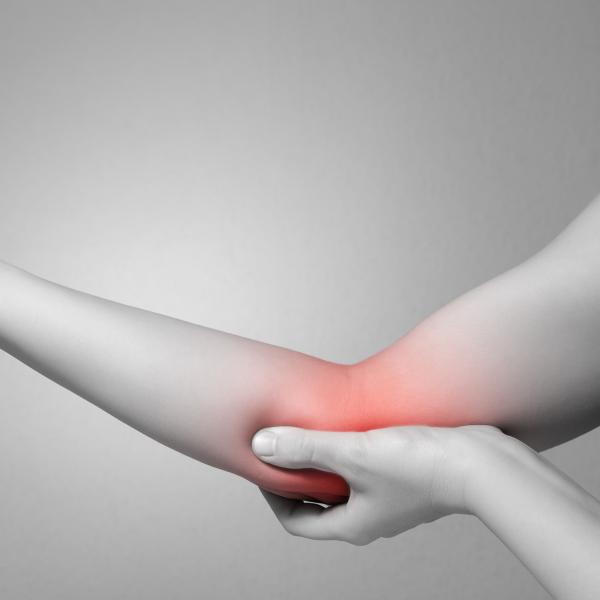
By Angela Bender and Cori Cameron
The elbow, a hinge joint that consists of the humerus, ulna and radius, is one of the most active parts of the body. It is used for virtually any activity which involves your hands. Because the elbow is often used as a contact point for trauma, it is the second most frequently dislocated joint in the body after the shoulders and can also be prone to oversue injuries. The more knowledge we have regarding prevention and common causes of injuries, the better our chances are to remain injury free.
Common Causes
Even though the elbow can take a lot of use, arthritis, injuries and other problems can all cause pain.
- Overuse (Chronic) Injuries – When movements such as bending or twisting of the arm and throwing are repeated without proper rest, the tendons, ligaments, and muscles of the elbow can be damaged.
- Sudden (Acute) Injuries – During a fall or other injury, a person typically tries to use their hand to brace themselves; this can cause the arm to twist sharply and dislocate the elbow. A direct blow to the elbow can cause the bone(s) in the joint to fracture.
- Arthritis – Pain, stiffness and swelling of the elbow may be caused by various forms of arthritis.
Common Conditions
Elbow pain can be caused by any one of these common conditions:
- Tennis Elbow (Lateral Epicondylitis) – This is a condition in which the tendons that join the forearm muscles at the elbow become inflamed and painful due to overuse. Playing tennis is a common cause of the condition, however, other activities that involve repetitive use of the elbow also can lead to tennis elbow.
Olecranon Fractures – The most easily fractured bone of the elbow is the olecranon, the point that sticks out when you bend your elbow at a 90-degree angle.
Bursitis – The bursa, located at the tip of the elbow, is a small fluid-filled sac that allows the skin to move freely over the underlying bone. Inflammation of the bursa can cause swelling and stiffness of the elbow.
Biceps Tendon Tear – When the tendons that attach the biceps muscle at the front of the upper arm to the bones in the elbow are torn, it becomes difficult or impossible to rotating the arm to make the palms face upward.
Injury Prevention
Todd Cobler, OTR/L MOT, Occupational Therapist at our Carol Stream, IL clinic, gives us some tips to help prevent and rehabilitate elbow injuries:
- Stay Flexible – Flexibility in the soft tissue on both sides of the forearm is just as important as strengthening because a tight muscle is an inefficient muscle. If there is an imbalance of strength and flexibility this can often make you more prone to injury.
- Take Breaks – Take frequent breaks if you work a manual labor job to allow adequate recovery and not overusing muscle.
- Strengthen Your Forearm Muscles – Don't forget to strengthen your forearm muscles, these are the muscles that are most commonly injured from overuse.
- Strengthen Large Muscle Groups – Working on the strength of larger muscle groups around the shoulder and mid ACL are important so you are not putting too much stress on the smaller forearm/elbow muscles.
Rehabilitation
If you have pain in your elbow that isn't going away, rehabilitation can help to improve functionality. During rehabilitation you will work on:
- Improving Joint Mobility – Improving joint mobility is a common treatment goal for a lot of elbow injuries due to it being one of the most congruent joints in the body.
- Improving Range of Motion – Therapists will address range of motion losses in manual therapy to improve joint capsule mobility and soft tissue flexibility.
- Strengthening and Support – Once optimal range of motion is achieved it is then important to focus on strengthening the supporting musculature around the elbow to increase functional independence.
When weighing your treatment options for elbow pain and injuries, consider physical or occupational therapy. ATI Physical Therapy offers a wide variety of treatment options including strengthening, stretching, and sustainable home exercise programs. Stop in or call any ATI location for a complimentary injury screen or to learn more about how we can help you overcome your elbow pain.
Putting the elbow grease into your recovery!
